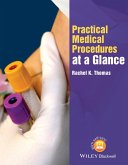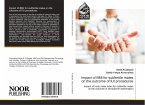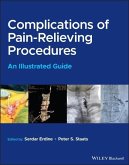Shock is universally a topic that many nurses and nursing students find difficult to master. Maybe that's because there are so many types of shock, a multitude of causes for shock and varying treatments depending on a complex array of factors. In this post we break down the basics of shock, differentiating between the four types of shock, how to recognize your patient is in shock and the general treatments for each type. As you are evaluating your patient in shock, there are some clinical signs and symptoms you'll assess regardless of which classification of shock you are dealing with. These are: Heart rate (many things cause an elevated heart rate, so be careful!) Respiratory rate and effort Blood pressure (BIG ONE!) Hemodynamics (if you've got fancy equipment!)) Mentation (muy importante!) Urine output (an EXCELLENT indicator of end-organ perfusion) Skin signs (often overlooked but one of the BEST things you an monitor!)
Bitte wählen Sie Ihr Anliegen aus.
Rechnungen
Retourenschein anfordern
Bestellstatus
Storno








